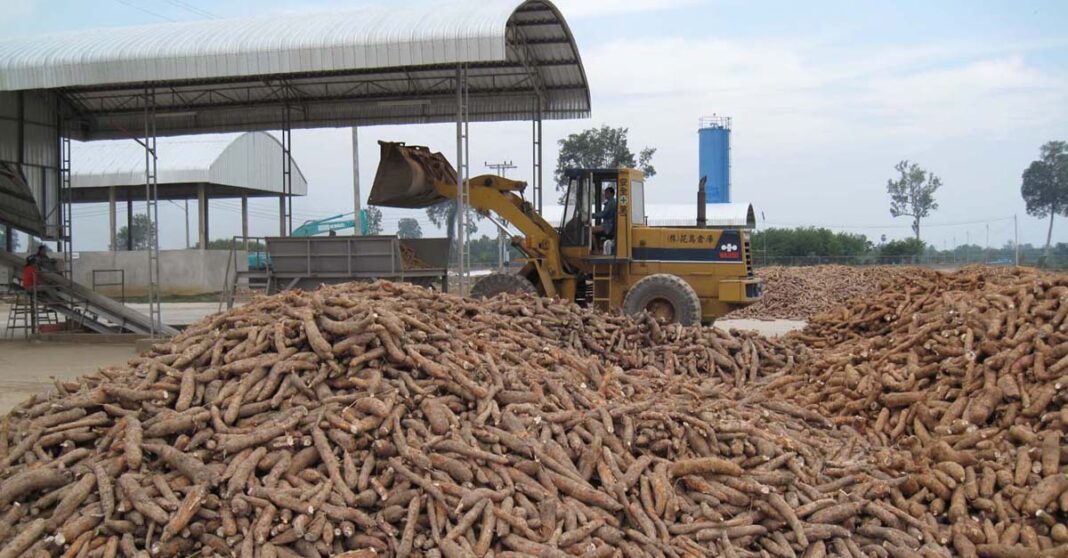Laos has earned over USD 900 million from the export of agricultural products in 2021, according to a recent government report.
Exports of bananas brought in USD 225 million, while rubber earned USD 214 million, with cassava earning USD 196 million, sugarcane at USD 25 million, and watermelon netting USD 26 million, Xinhua reports.
An outbreak of lumpy skin disease in cattle, as well as restrictions enforced due to the Covid-19 pandemic, impeded the sale of livestock, however.
Despite this, some 8,100 head of cattle and buffalo earned the country USD 2.9 million, of which 1,992 cattle and 21 buffaloes were exported to China.
The export numbers were reported by Deputy Prime Minister and Minister of Planning and Investment, Dr. Sonexay Siphandone, at a recent meeting attended by cabinet members and provincial governors.
The government of Laos is keen to transform its agricultural industry into a modern, commercial enterprise, as well as ramp up breeding and agricultural production to reduce the country’s reliance on imported goods and foodstuffs.
More than 80 percent of exports from Laos are sent to China, however, the country’s strict Covid-19 controls have caused havoc for exporters delivering cargo by truck.

Chinese authorities closed the Boten International Checkpoint on 25 October as part of strict measures to control Covid-19 after the virus spread widely throughout Laos.
Thousands of freight trucks from Laos remain stuck in a 20-kilometer traffic jam as they await entry to China.
Vientiane Times reported late last year that the Lao government sent a team, including Minister of Industry and Commerce, Dr. Khampheng Saysompheng, to speak with Chinese officials and try to resolve the situation.
During negotiations, the Lao side has pushed for the opening of other checkpoints identified by business operators that will allow products from Laos to enter China, the country’s largest market.
Meanwhile, the launch of the Laos-China Railway in December last year now allows for faster movement of freight between the two countries, and at larger volumes.
Delivering freight along the full length of the railway takes approximately 30 hours, whereas moving freight by road can take over 48 hours.



